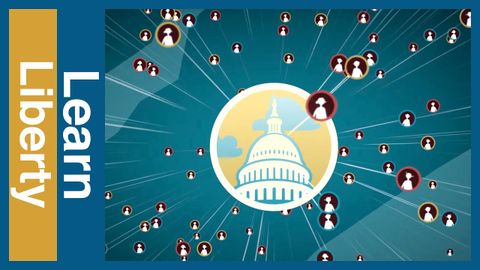最も危険な独占欲:警戒心が人を殺すとき|LearnLiberty (The most dangerous monopoly: When caution kills | LearnLiberty)
Eating が 2021 年 01 月 14 日 に投稿  この条件に一致する単語はありません
この条件に一致する単語はありませんUS /'ekstrə/
・
UK /'ekstrə/
- adj.余分な;特別な;過剰な
- n. (c./u.)余分なもの;(映画の)エキストラ;号外;追加料金
- adv.特別に;非常に
US /ˈpraɪvɪt/
・
UK /'praɪvət/
- adj.人と交わらない;個人的な;民間の : 私営の;秘密の
- n. (c.)兵(上等兵, 二等兵など最下位の階級)
- n.私生活
- n. (c.)商会 : 会社
- adj.堅い;頑丈な;固い
- v.t.固める : 安定させる
US /ˈɡʌvənmənt/
・
UK /ˈgʌvənmənt/
エネルギーを使用
すべての単語を解除
発音・解説・フィルター機能を解除

